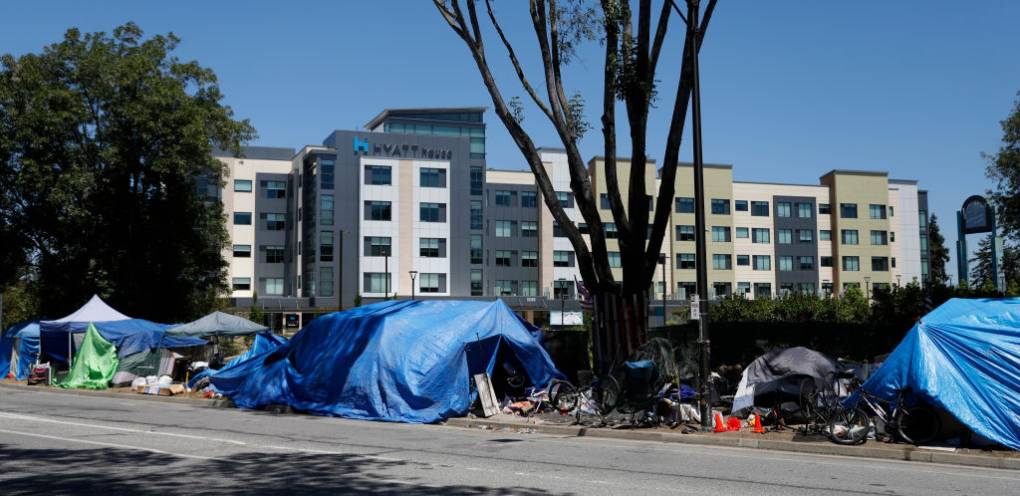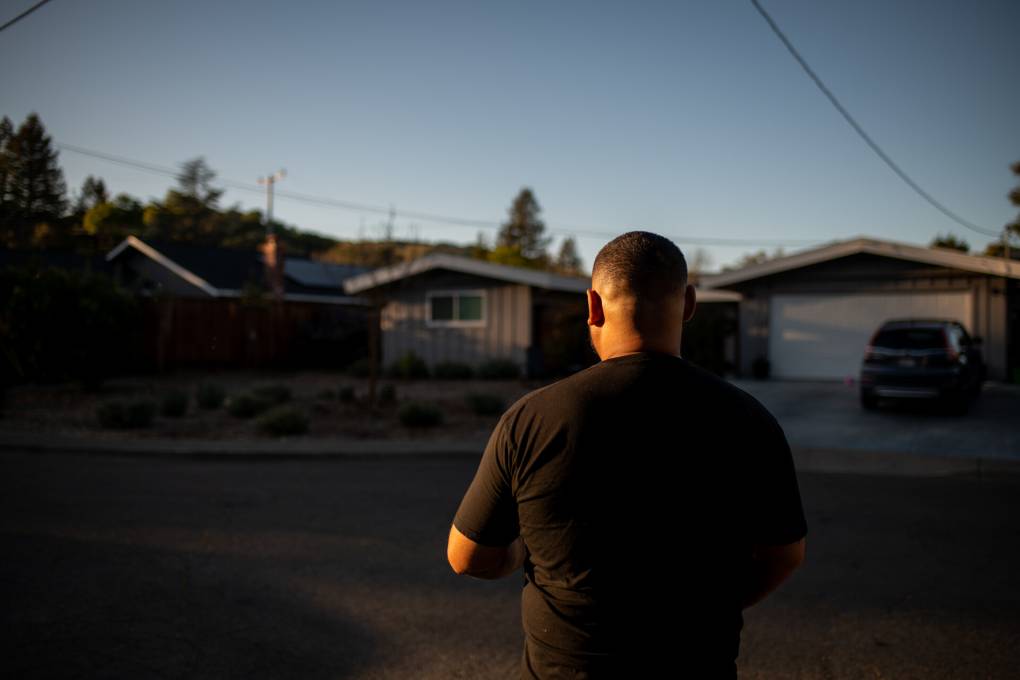More than 15 million people could lose Medicaid, according to an estimate from the Department of Health and Human Services released last month. The analysis suggests nearly half of those losing coverage will be because of administrative issues – such as challenges with filling out the paperwork to reapply – and not because they no longer qualify for coverage. Some will be able to get coverage elsewhere, but millions more may become uninsured.
When it comes to poverty, inflation could start to affect these rates. In fact, one group already is seeing more poverty in the 2021 numbers and that is seniors. Census officials say this is likely because they're on fixed incomes, and already last year inflation was starting to tick up, really squeezing their budgets.
But again, Census officials stressed that Social Security did keep more than 26 million people out of poverty, and that includes several million children being raised by grandparents.
How to hold on to temporary gains
In terms of U.S. trends over time, the Census numbers released Tuesday on child poverty and health insurance are encouraging, experts say, and it's now up to policymakers to act to keep these gains.
"Any of the improvements that we see – whether it's insurance or poverty – are a reflection of political choices," says Jamila Michener – a professor of government at Cornell and an expert on Medicaid.
The Biden administration and many Democrats would like to make the expanded child tax credit permanent. The U.S. House passed such a measure but it did not survive in the Senate. Several Republican Senators have proposed more limited ways to expand the child tax credit.
"What we don't know is the trade-offs," says Angela Rachidi, a senior fellow at the American Enterprise Institute. "We know inflation increased dramatically over the past year. To what extent did all this government transfer of income contribute to that, I think, is still a question."
Some researchers note that the U.S. has a long way to go with gains in health and insurance rates, when compared to similar high-income countries.
"[Among] our peer countries, we have one of the highest rates of uninsurance in the world and also poorer health outcomes," notes Corlette. "And that's been an issue for us even before the pandemic."
A landmark study in 2013 enumerated the many ways Americans don't have as healthy or long lives as people do in similarly wealthy countries.
One striking illustration of this came with the new life expectancy numbers released two weeks ago. Countries all over the world had a drop in life expectancy after the first year of the pandemic, but many have been able to rebound.
America has not – instead life expectancy dropped for two years in a row, the first time that's happened in the U.S. in a century.



